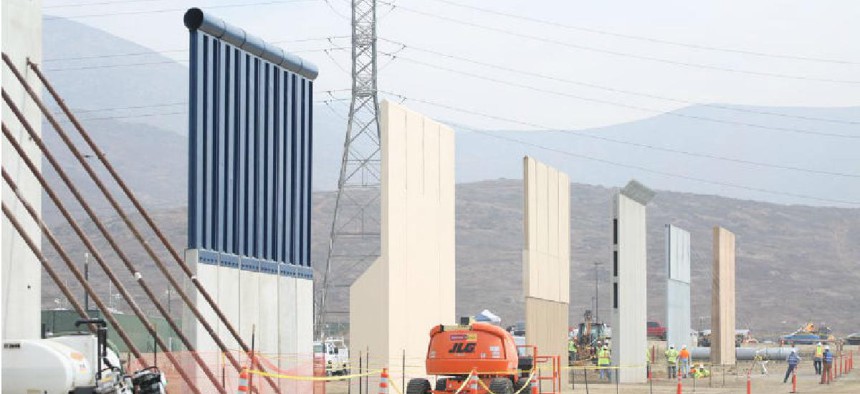Tech-centric border security bypassed to push wall construction

Both technology- and personnel-driven efforts have been given short shrift as border agencies focused on wall construction, an inspector general study found.

Customs and Border Protection pushed past possibly cheaper and more effective technological and manpower security alternatives in its wall construction acquisition, according to a new report from the Department of Homeland Security’s Office of Inspector General.
The report said CBP’s analysis phase of its wall acquisition program beginning in 2017 didn’t assess alternatives and emphasized construction of physical barriers along sections of the Southern border at the expense of potentially more effective technological solutions and more manpower.
CBP skipped past assessing systems and plans that could help get “operational control” of the Southern border, the study found, to rely on “outdated border solutions” focused on “materiel alternatives” to meet its mission requirements. Those alternatives include technology and more manpower. CBP also didn’t use an effective methodology to identify and prioritize areas along the border that would benefit most from a physical barrier.
CBP’s analysis, said the report, didn’t meet 2017 congressional requirements for “a risk-based plan for improving security along the borders of the United States, including the use of personnel, fencing, other forms of tactical infrastructure, and technology.”
The report recommended the Department of Homeland Security require CBP to conduct a new independent analysis of alternatives to identify the most appropriate and effective solutions to get complete operational control of the southern border. It also urged DHS to determine whether an implementation plan for acquiring and maintaining operational control of the border is needed. It recommended the Border Patrol revise how it prioritizes investments in border security needs and improve how it uses data in its acquisition decision support tools.





